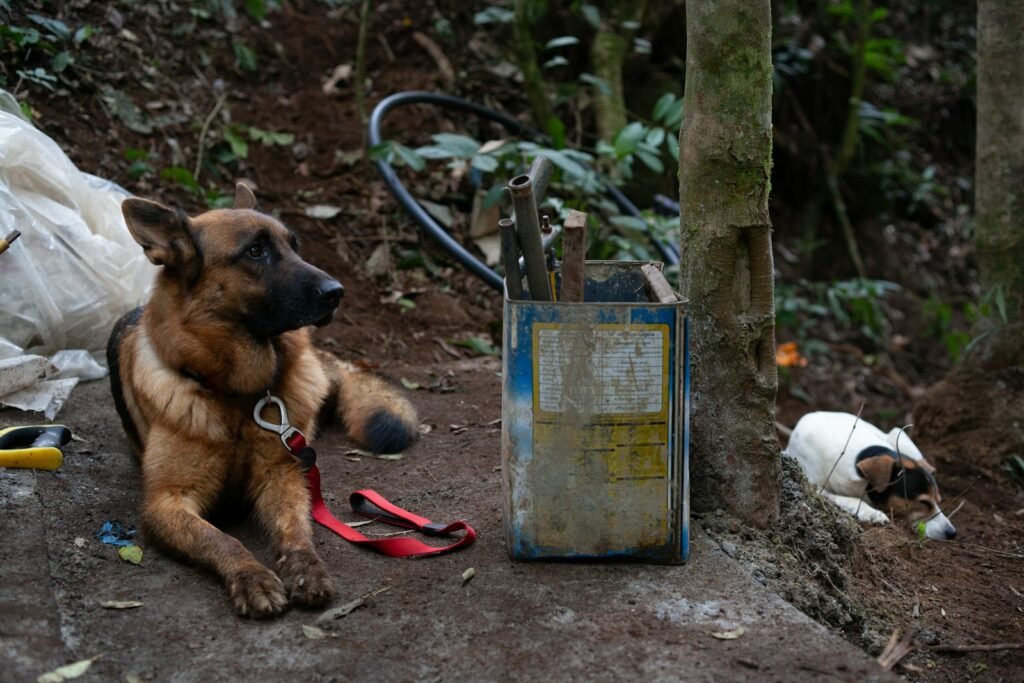America’s back roads are a rumor mill of migration routes, moonlit beaches, and mountains that hold their breath when a herd appears on the ridge. This guide takes the ancient language of the zodiac and repurposes it as a practical compass for modern wildlife travel, pairing each sign with a real U.S. region and an encounter grounded in science. It isn’t fortune-telling; it’s fieldcraft with flair, a way to make itineraries memorable and still evidence-based. I’ve watched thousands of wings darken a Nebraska sunrise and felt that hush before the first calls carry across the river – it changes how you plan a drive. Here’s how to plot a year of ethical encounters that follow seasons, behavior, and the laws of biology, with the stars as your mnemonic, not your .
The Hidden Clues
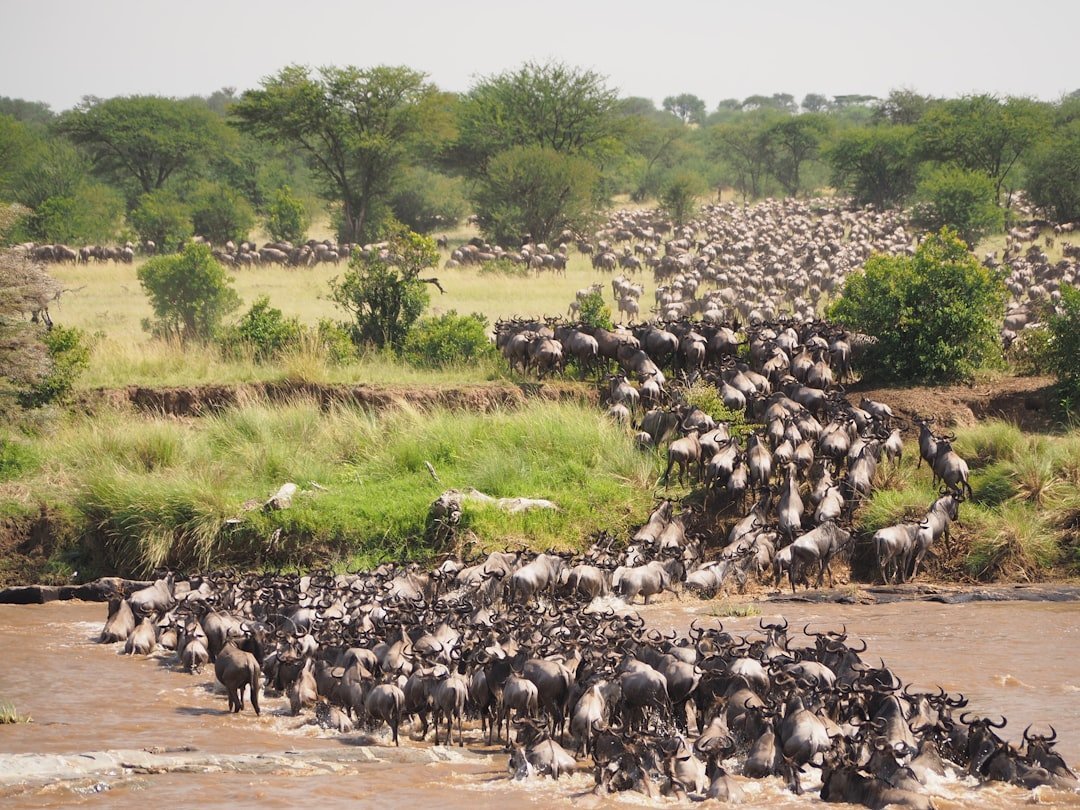
What if your horoscope could nudge you toward the right overlook at the right hour, because animals already read the world like a calendar? Birds steer by magnetic fields and skyline cues, sea turtles feel the pull of the moon and surf, and scorpions light up under ultraviolet like tiny roadside flares. The trick is pairing curiosity with timing: dusk when heat drops and activity rises, spring when migrations surge, winter when mammals descend for food. Scientists call these patterns phenology, and they’re as dependable as mile markers if you learn the signals. That’s the spirit of this road trip – use mythology to remember, biology to decide, and patience to deliver the moment.
The Zodiac Route: Regions and Encounters

Think of the zodiac as a glove compartment index to habitats, from tidepools to high alpine ledges. Each match below points to a region where conditions favor safe, predictable viewing, then suggests a season and a vantage that keeps you and the animals calm. The aim is not to chase rarity but to meet abundance on its own schedule, letting behavior drive the itinerary. On a , these stops sketch a continental figure eight: Atlantic marshes, Gulf springs, the desert spine, Pacific headlands, and back through the Great Plains. I keep the list on a paper , circled with pencil, because cell service fades right when the good stuff happens.
- Aries – Colorado Front Range: watch bighorn sheep on red-rock slopes near Garden of the Gods in late fall.
- Taurus – Tallgrass Prairie, Kansas: slow-roll the Flint Hills to see free-ranging bison at dawn.
- Gemini – Florida Panhandle: scan nearshore waters for bottlenose dolphins from state-park piers.
- Cancer – Delaware Bay, New Jersey–Delaware: witness horseshoe crabs and shorebirds during late spring tides.
- Leo – Channel Islands, California: observe California sea lions hauling out on offshore rookeries by licensed boat.
- Virgo – Olympic Coast, Washington: kneel over tidepools at very low tide for sea stars and anemones.
- Libra – Platte River, Nebraska: stand on blinds at sunrise as hundreds of thousands of sandhill cranes stage in March.
- Scorpio – Sonoran Desert, Arizona: walk with a red-filter light to spot scorpions fluorescing after dark.
- Sagittarius – Red Desert, Wyoming: glass open sage for pronghorn on long, blue-sky drives.
- Capricorn – Glacier National Park, Montana: scan cliff bands for mountain goats on cool summer mornings.
- Aquarius – Oregon Coast headlands: track gray whales spouting along the migration corridor in winter and spring.
- Pisces – Florida Springs, Crystal River: view manatees in clear, constant-temperature water during winter.
From Ancient Tools to Modern Science
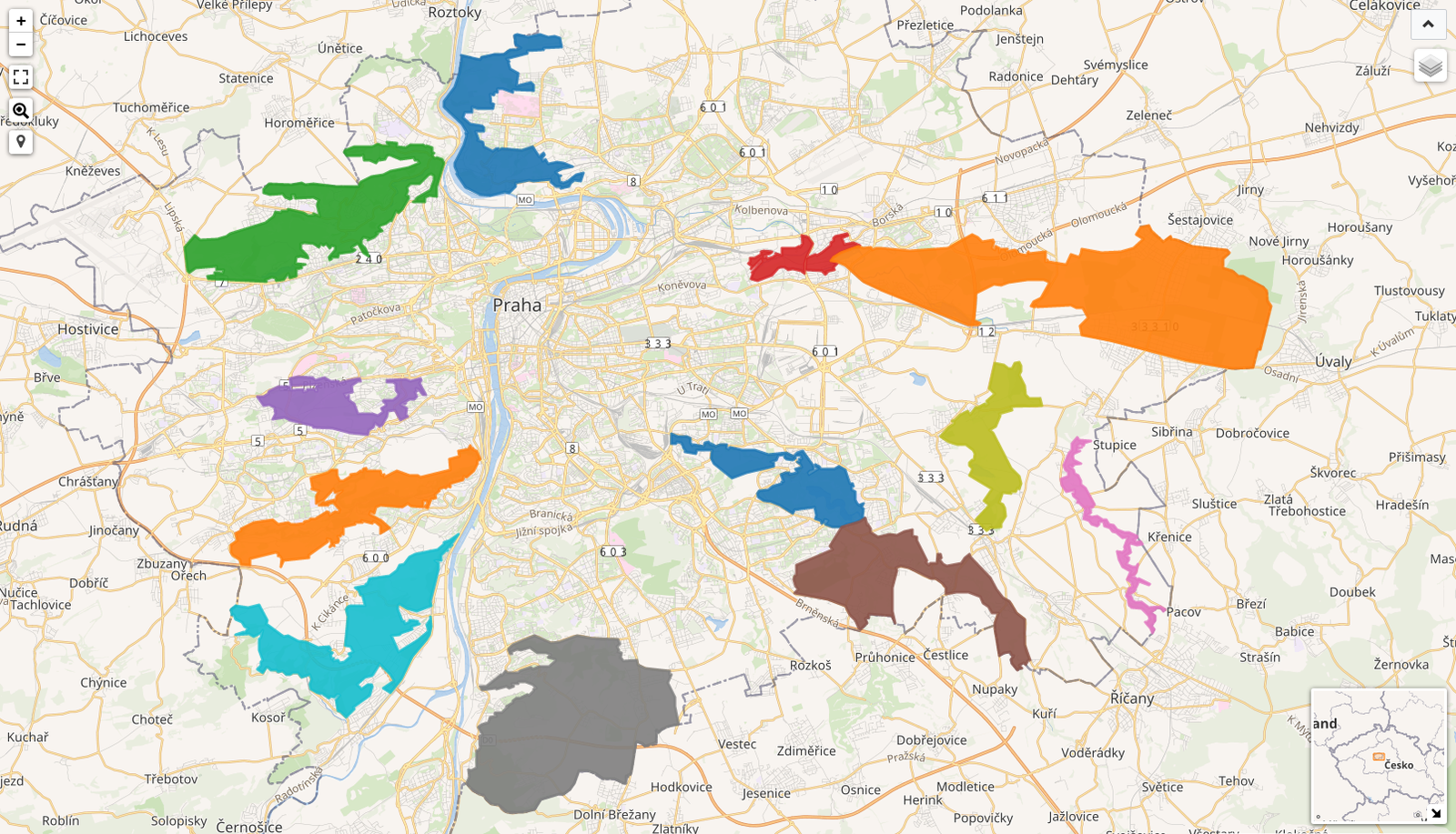
People have long navigated wildlife by season and sky, from Indigenous calendars that name lunar months for fish runs to farmers charting flock arrivals as spring’s unofficial clock. Today, the same logic runs on sensors and community data: satellite tags trace whales along the coast, highway cameras count crossings, and birding apps nightly migrations like weather radar. These tools don’t romanticize chance; they quantify it, letting you choose weeks when probabilities stack in your favor. Pair that with dark-sky charts for safe night viewing and you’ve got a route that respects both science and spectacle. It’s a quiet upgrade from guessing, and it turns the zodiac into a checklist you can actually ground-truth.
Regional Windows Across the

Timing is the unsung engine of every successful encounter, and regions run on different clocks. The Atlantic brings spring drama – horseshoe crabs and shorebirds time their rendezvous to lunar highs – while the Gulf shelters manatees when cold snaps settle in. The deserts reward cool shoulder seasons when crepuscular life switches on, and the high country opens brief windows when snow retreats and alpine mammals linger near the road. On the Pacific, whale corridors pulse twice a year, with southbound and northbound peaks that shift by latitude. Threading these windows together is how a road trip becomes a sequence instead of a gamble, and why a notebook beats a bucket list.
Why It Matters
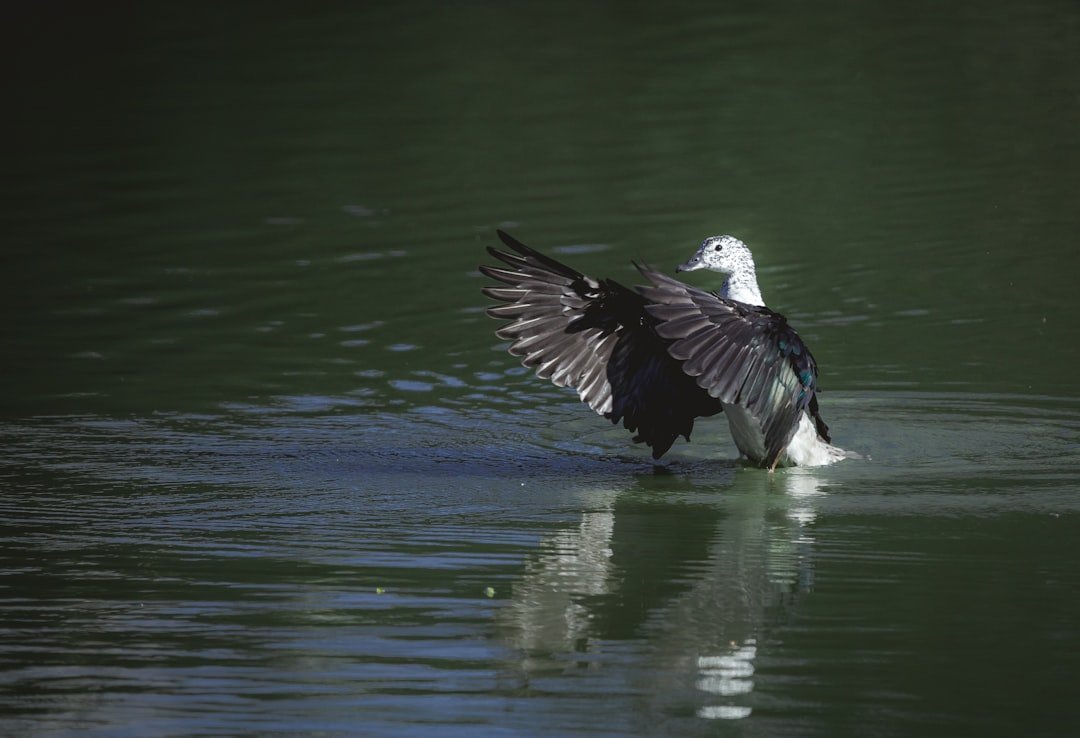
Framing travel around behavior, not selfies, cuts risk and supports conservation in ways simple guidebooks rarely explain. Wildlife-vehicle collisions drop when drivers learn dawn and dusk hotspots and reduce speed on migration roads, and that helps people as much as it helps mule deer or elk. Spending shifts too: travelers who time visits for shoulder seasons often spread dollars to smaller communities that aren’t overwhelmed in peak months.
Data matters here, and road-trippers can contribute by logging sightings to community science platforms that biologists actually use. Compared with traditional hit-and-run tourism, this approach treats the landscape as a living system and the traveler as a caretaker with skin in the game.
Global Perspectives
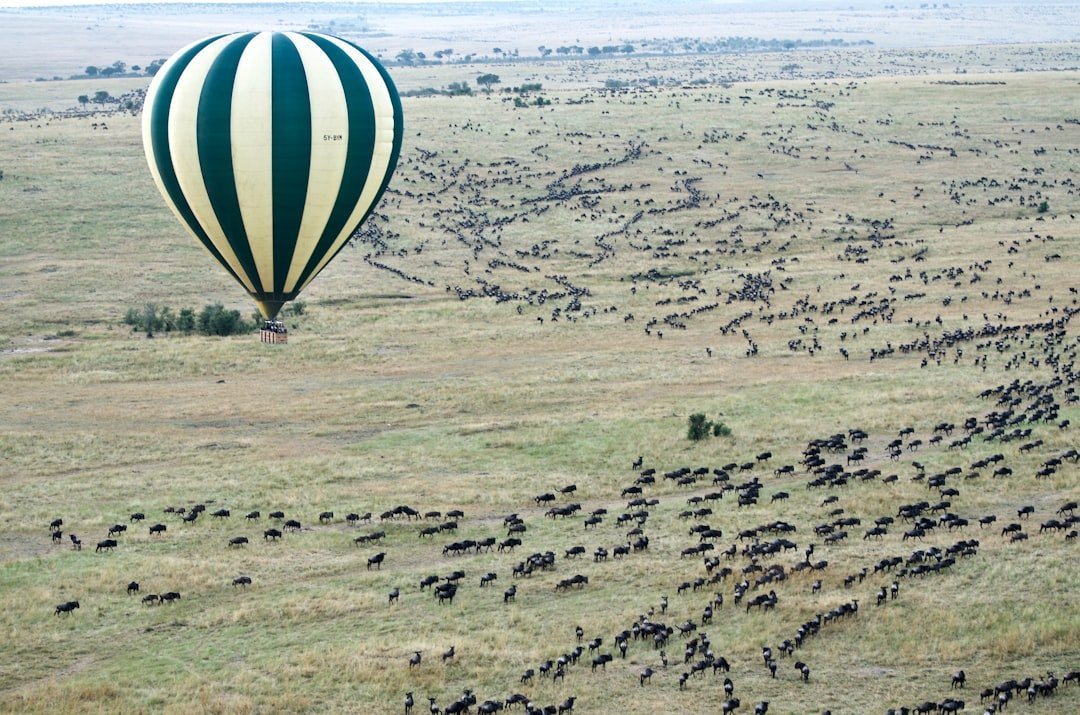
America’s continent-scale loops echo patterns seen worldwide, from corridor projects across the European Alps to seasonal safaris that follow East Africa’s rains. The lesson holds across borders: moving animals need connected habitat and patient observers, not crowds stacking along a fence. Cross-border species – monarch butterflies, waterfowl, marine mammals – depend on policies that fit their ranges, which means travelers can pay attention to how refuges network with parks and working lands.
The U.S. has quietly become a classroom for this, with wildlife crossings, ranch partnerships, and indigenous-led stewardship opening new models. Folding a zodiac-inspired itinerary into that story is a small but real way to normalize science-first travel.
The Future Landscape
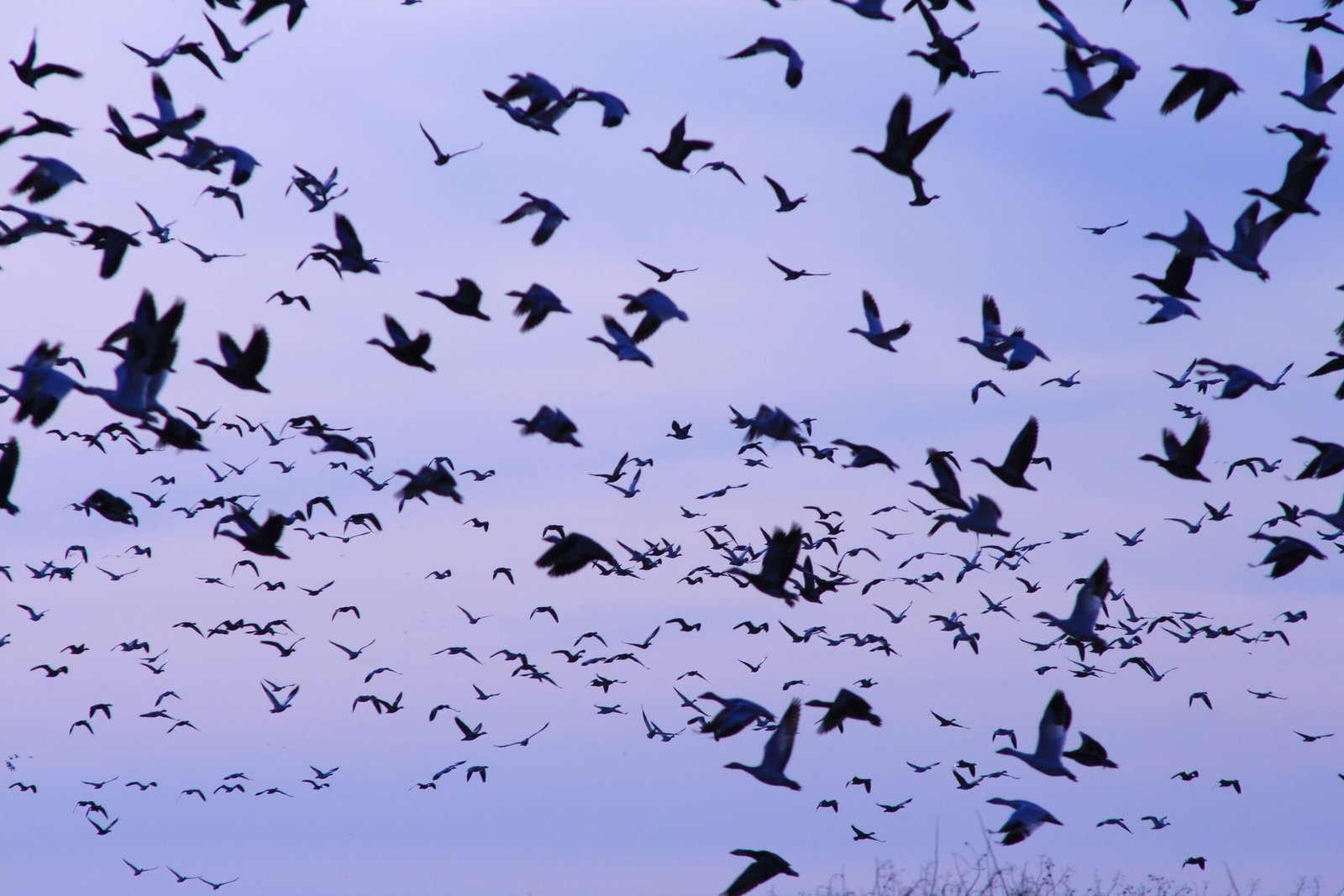
Emerging tech will make wildlife road trips more precise and more ethical – if we use it wisely. Passive acoustic sensors are ping birds and bats in places people rarely go, while smaller satellite tags reveal hidden legs of migrations that used to be guesswork. Expect more wildlife overpasses and underpasses on major highways, with signage that turns conservation into a visible public work. Climate shifts will complicate the calendar, nudging whales, bloom times, and breeding windows out of sync, so flexible itineraries will beat fixed dates.
Apps already summarize nightly migration forecasts like weather; tomorrow’s dashboards will layer road safety, dark-sky conditions, and closure alerts to keep travelers informed without crowding sensitive sites.
Conclusion
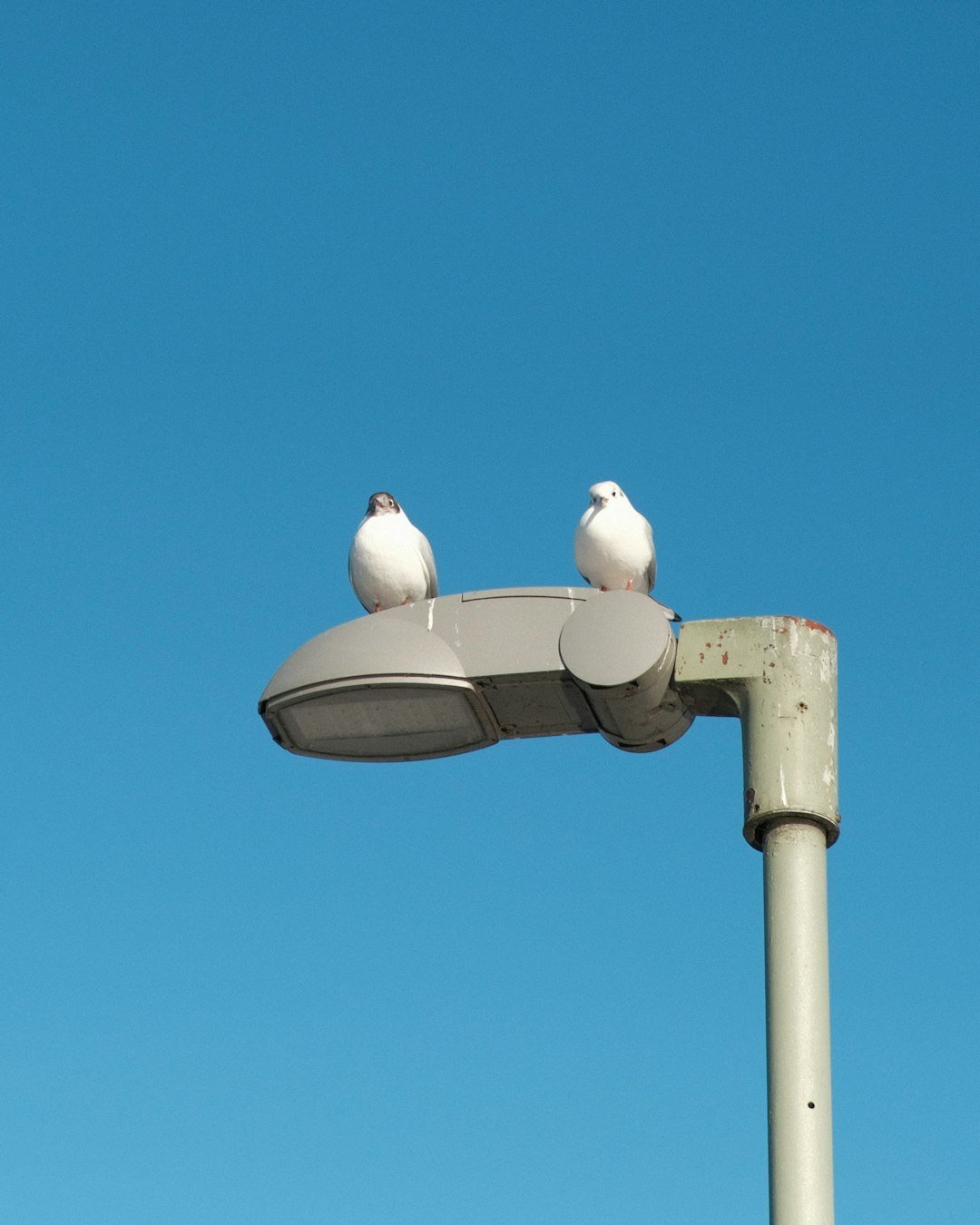
Pick your sign as a starting prompt, then plan like a field biologist: confirm the season, check land manager advisories, and build in slow miles at dawn or dusk. Keep distance sacred – use binoculars and scopes, never bait or approach, and learn species-specific etiquette before you leave home. Support the places that make encounters possible by buying passes, donating to local land trusts, and choosing guides who follow science-based codes of conduct.
Contribute data by submitting checklists or photos to community science platforms, and share road-speed reminders with your group when crossing migration corridors. Pack a red-filter headlamp for night work, a paper for dead zones, and the humility to skip an encounter if conditions feel off; the animals will still be there next season.

Suhail Ahmed is a passionate digital professional and nature enthusiast with over 8 years of experience in content strategy, SEO, web development, and digital operations. Alongside his freelance journey, Suhail actively contributes to nature and wildlife platforms like Discover Wildlife, where he channels his curiosity for the planet into engaging, educational storytelling.
With a strong background in managing digital ecosystems — from ecommerce stores and WordPress websites to social media and automation — Suhail merges technical precision with creative insight. His content reflects a rare balance: SEO-friendly yet deeply human, data-informed yet emotionally resonant.
Driven by a love for discovery and storytelling, Suhail believes in using digital platforms to amplify causes that matter — especially those protecting Earth’s biodiversity and inspiring sustainable living. Whether he’s managing online projects or crafting wildlife content, his goal remains the same: to inform, inspire, and leave a positive digital footprint.




